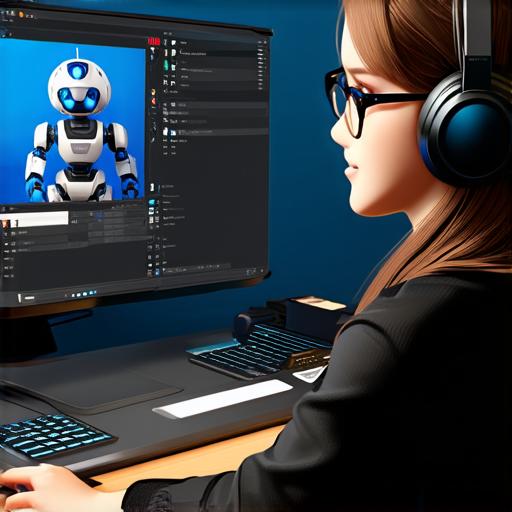
Introduction
As an experienced Unity developer, you know the importance of creating engaging and dynamic 3D models that can captivate your audience. But what if you want to take your creations to the next level by adding animations? In this article, we will explore how to create animations for a 3D model in Unity step-by-step.
Understanding Animations in Unity
Before we dive into the technical aspects of creating animations in Unity, let’s first understand what an animation is. Simply put, an animation is a series of frames that are played at a rapid pace to create the illusion of movement. In Unity, you can create animations using the built-in Animation window, which allows you to define keyframes and interpolate between them to create smooth, natural-looking movements.
Defining Keyframes for Your 3D Model
The first step in creating an animation is defining the keyframes for your 3D model. A keyframe is a specific point in time at which you want to capture the position and orientation of your model. You can create keyframes by moving the transform component of your model in the scene view or using the Animation window.
Once you have defined the keyframes, you can use the Animation window to create an animation clip that will play those keyframes at a specified frame rate. To create an animation clip, simply right-click in the Project window and select Create > Animation > Animation Clip. Give your animation clip a name and add it to the Animations folder in the Project window.
Editing Your Animation Clip

Once you have created your animation clip, you can use the Animation window to edit its properties. The Animation window allows you to define the timing of each keyframe, as well as the speed and ease of the animation. You can also add additional animations to your clip by duplicating existing ones or creating new ones from scratch.
To edit your animation clip, simply open it in the Animation window by double-clicking on it in the Animations folder. From there, you can use the timeline view to adjust the timing of each keyframe and preview your animation in real-time using the playback controls at the bottom of the window.
Creating Transitions Between Animations
One of the most powerful features of Unity’s Animation system is the ability to create smooth transitions between animations. This allows you to create complex animations that involve multiple stages or movements.
To create a transition between animations, you can use the Animation window’s Blend Mode feature. The Blend Mode allows you to specify how the two animations should be blended together, creating a smooth and natural-looking transition. You can also use the Loop and Reverse options to repeat or reverse the animation as needed.
Real-Life Examples of Animations in Unity
Now that we’ve covered the basics of creating animations in Unity let’s take a look at some real-life examples of how animations can be used in 3D models.
1. Character Animations
One of the most common types of animations in 3D models is character animations.

